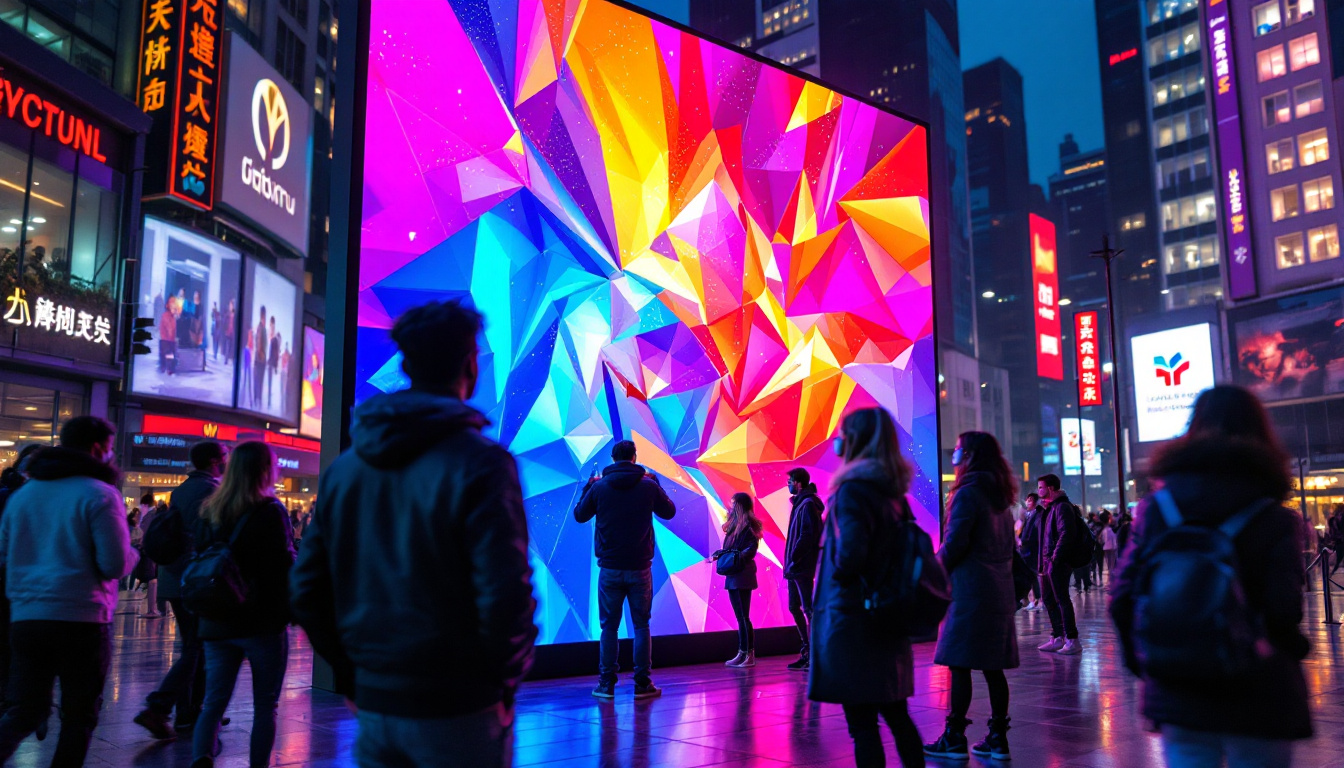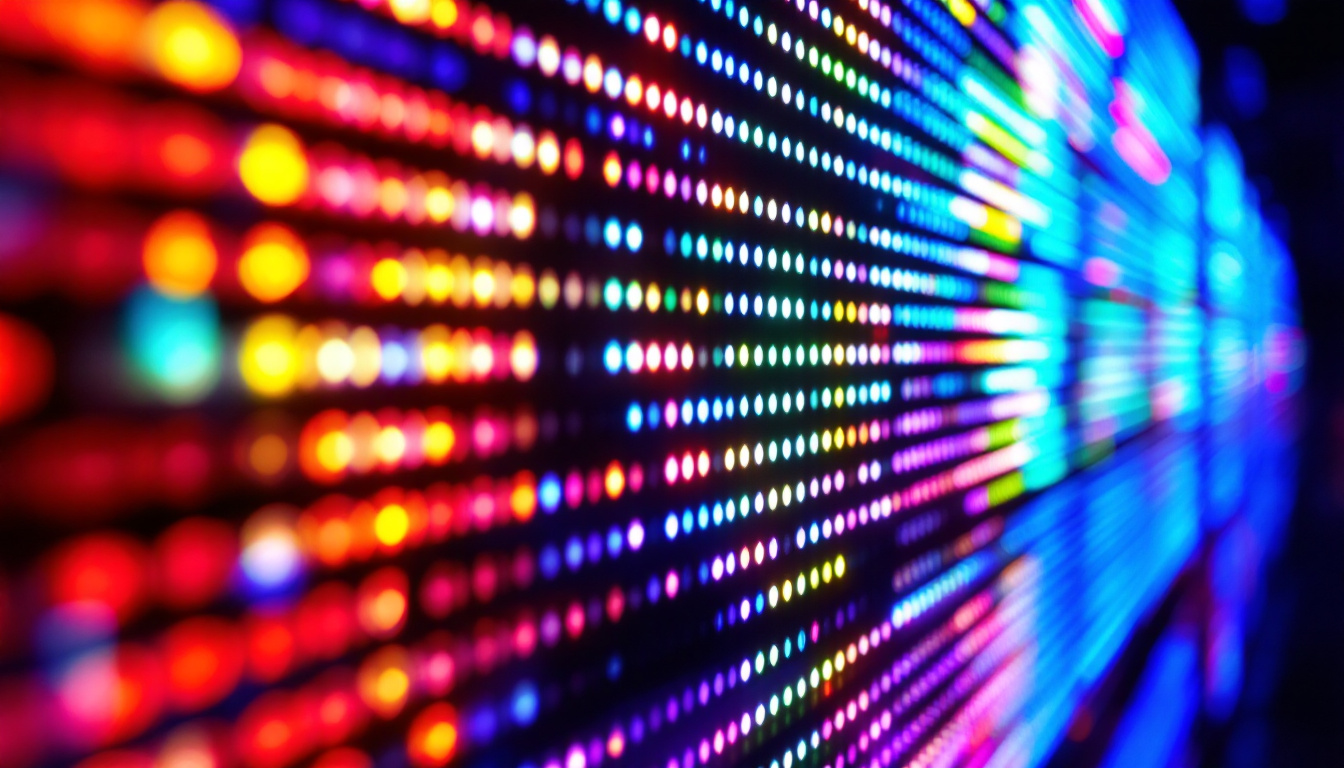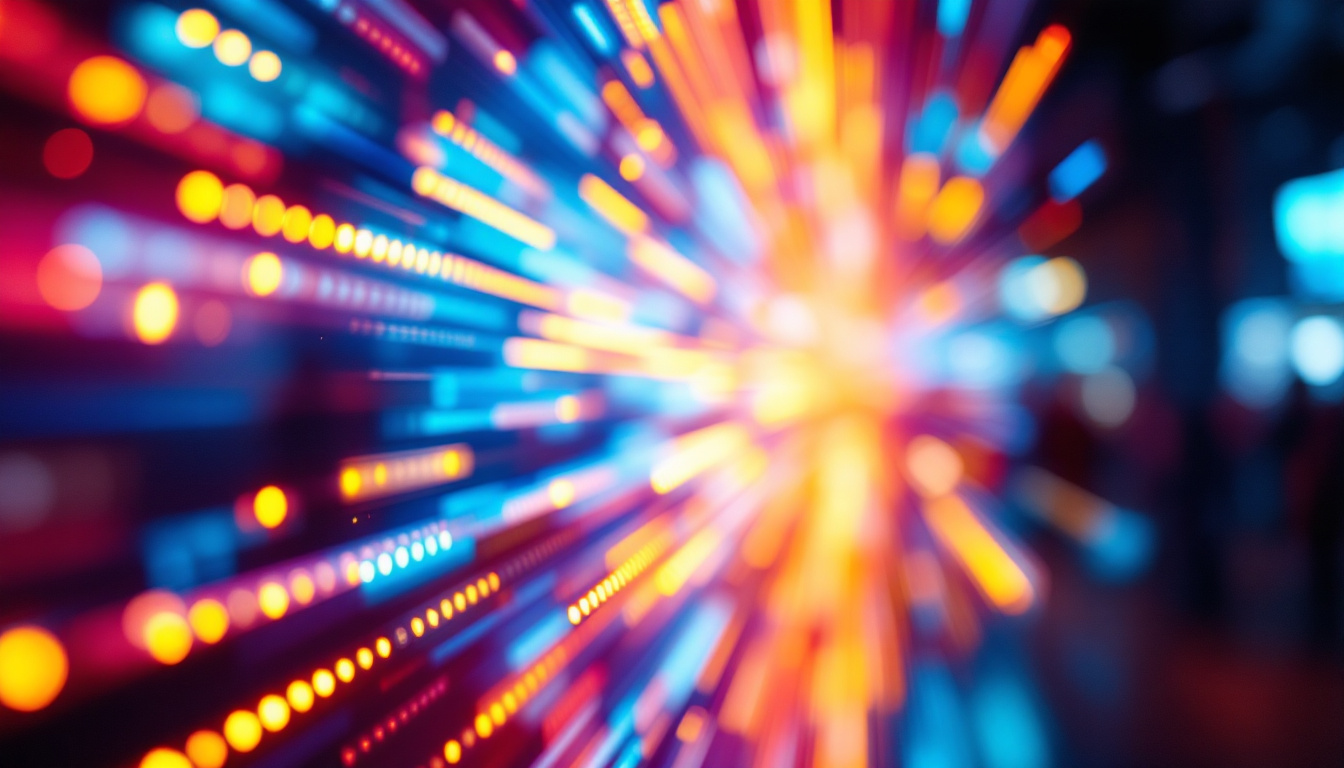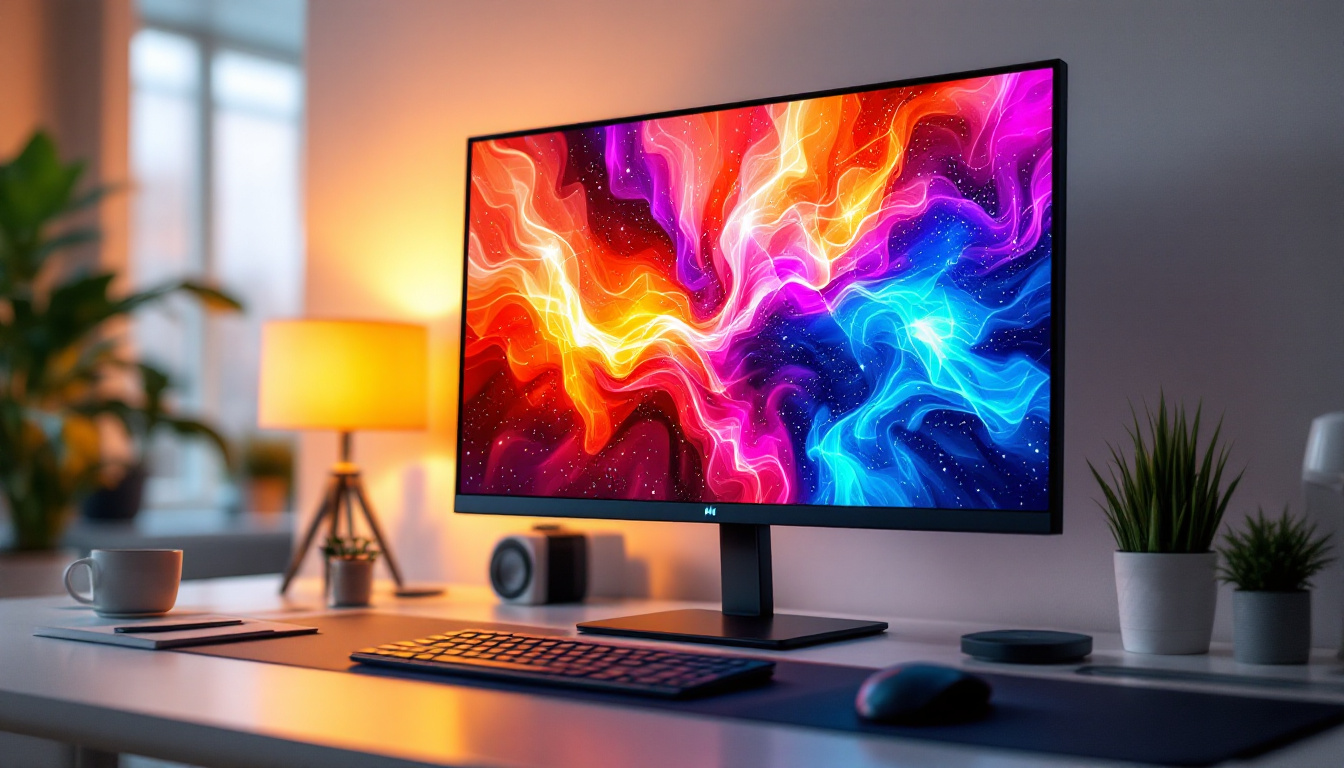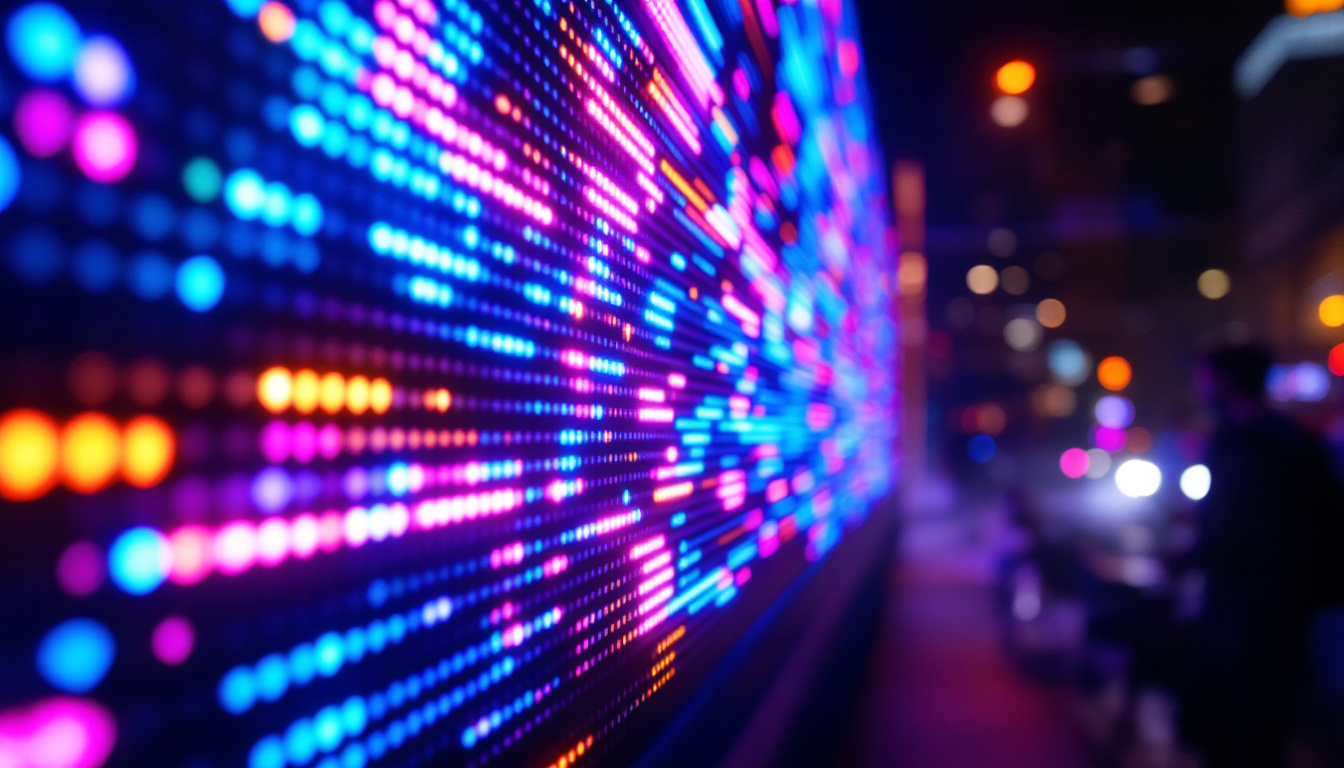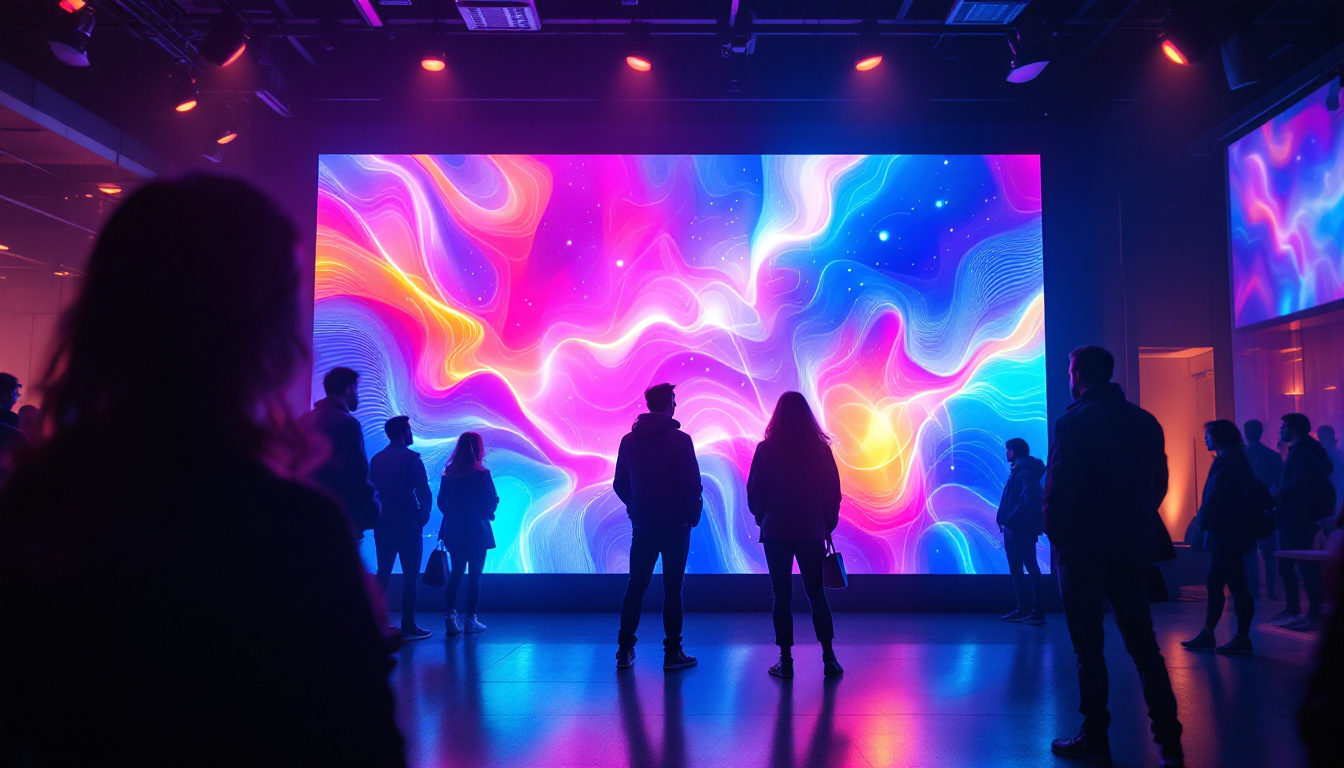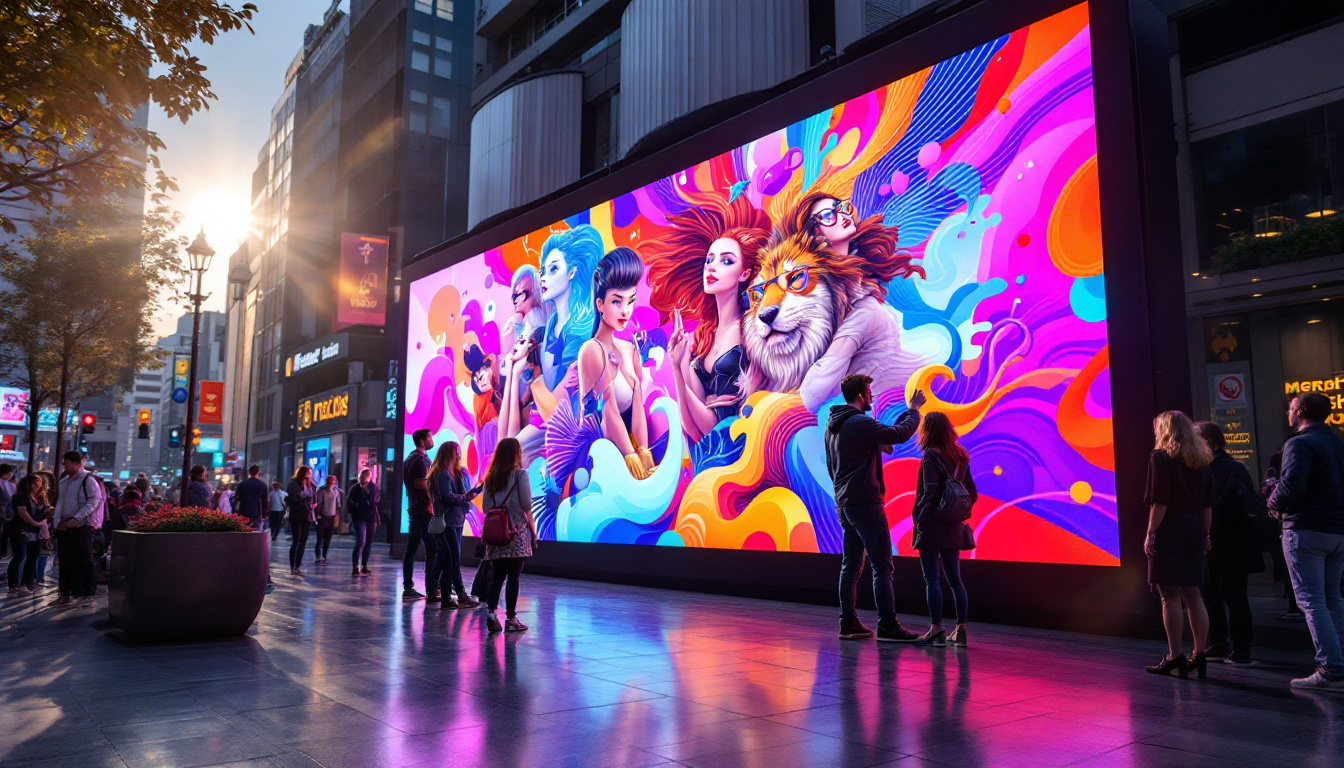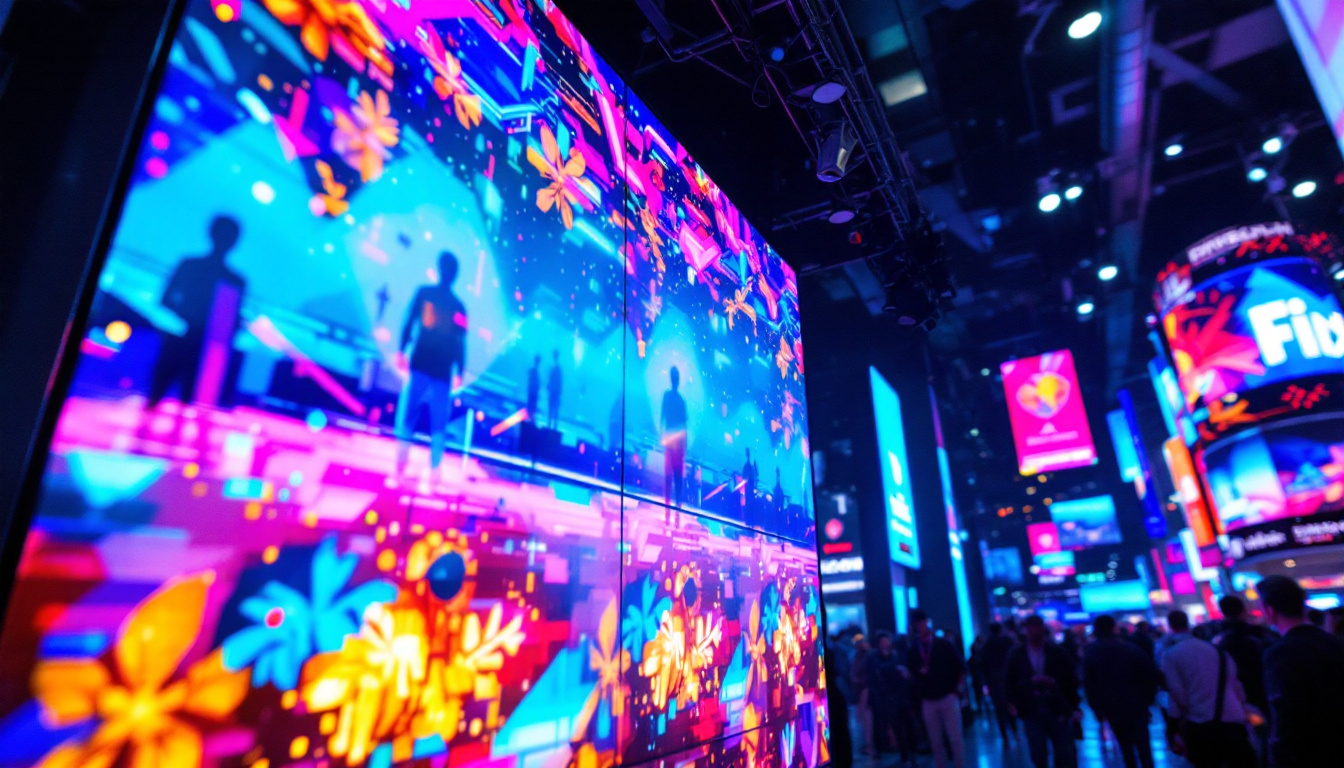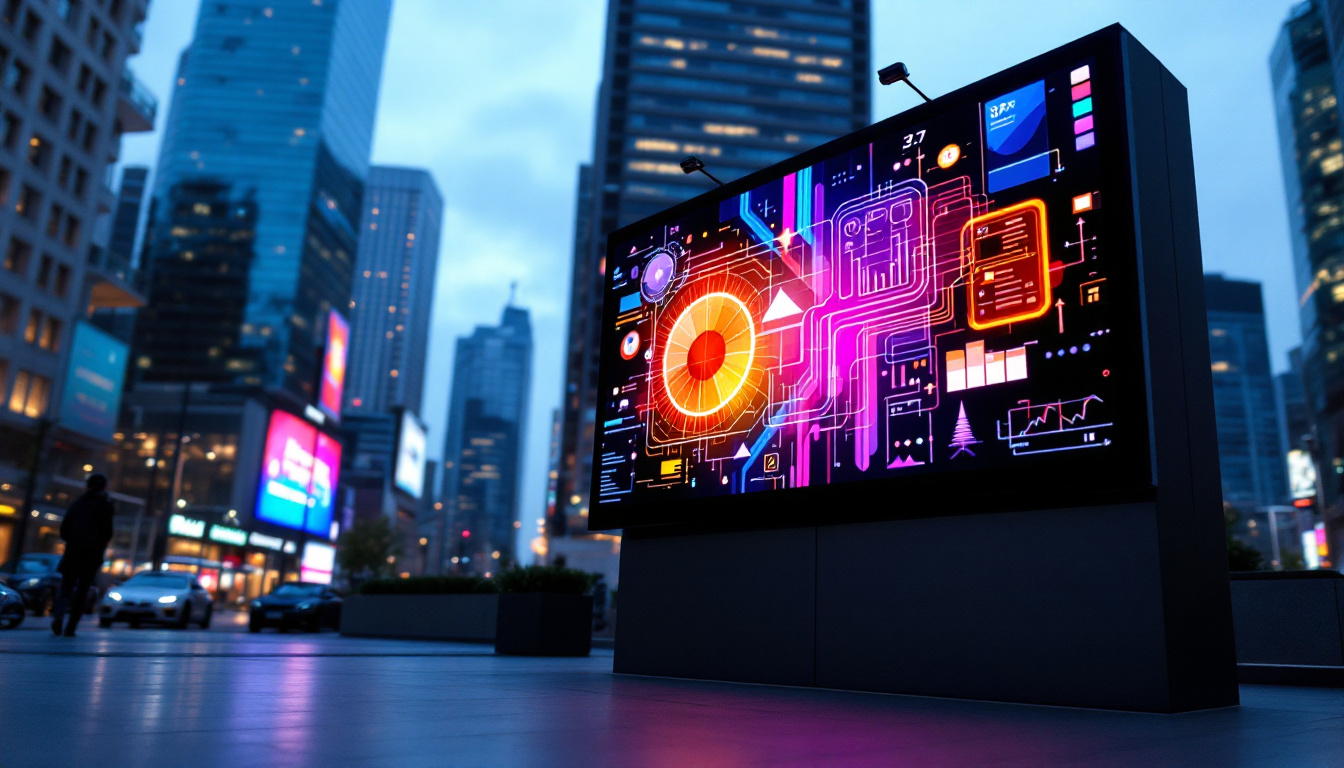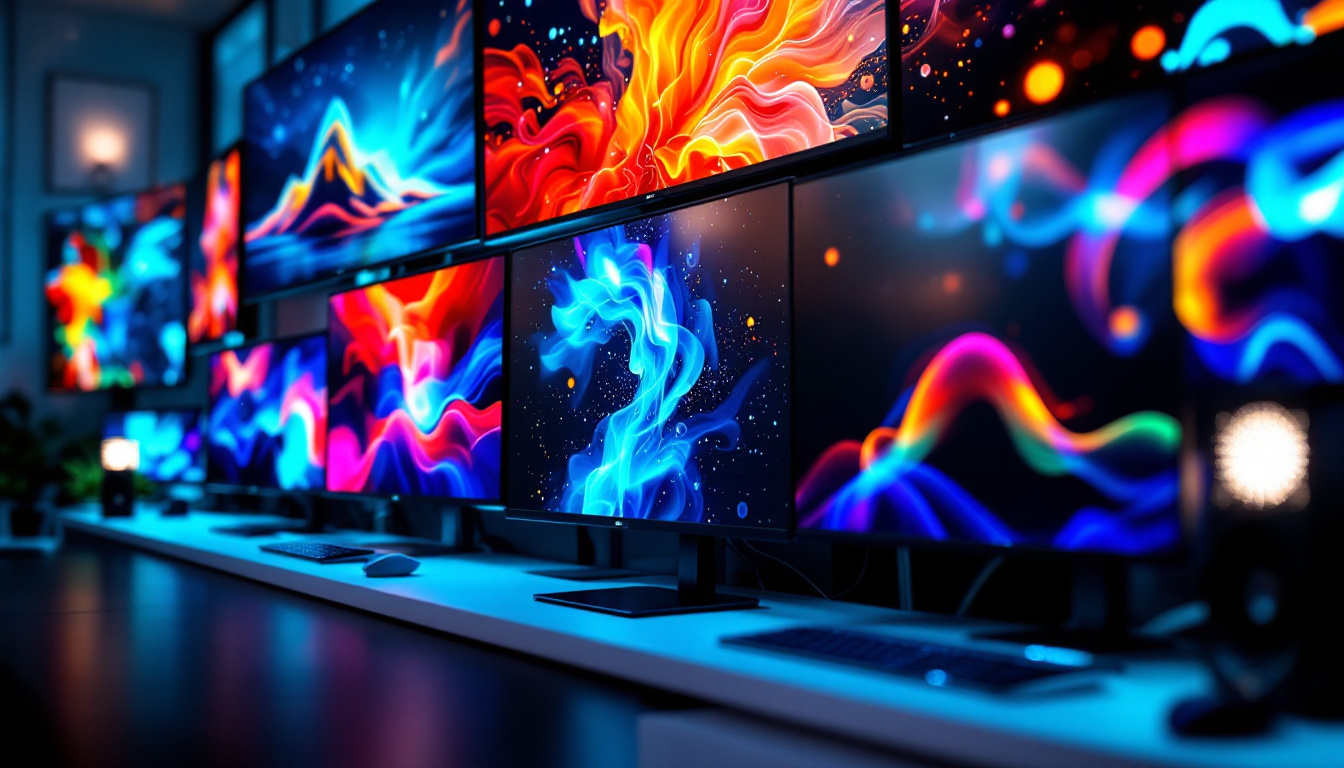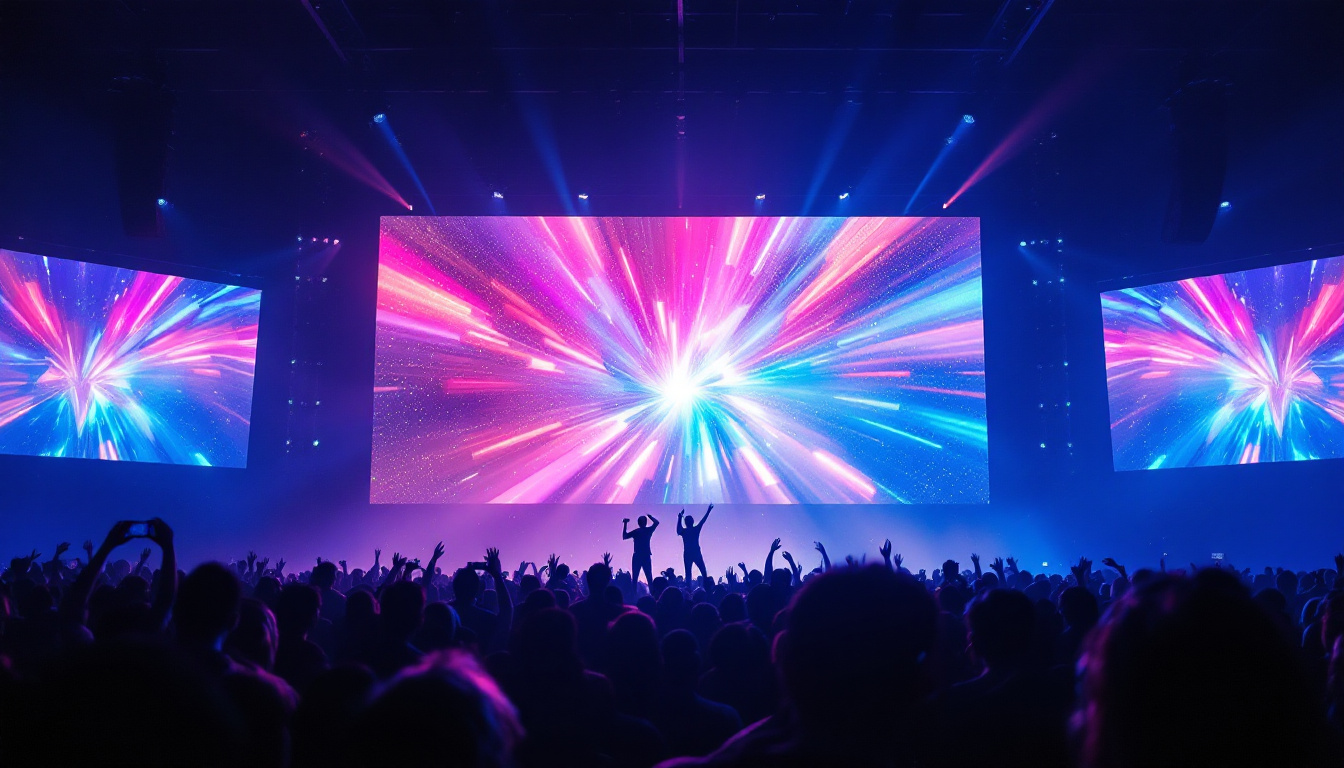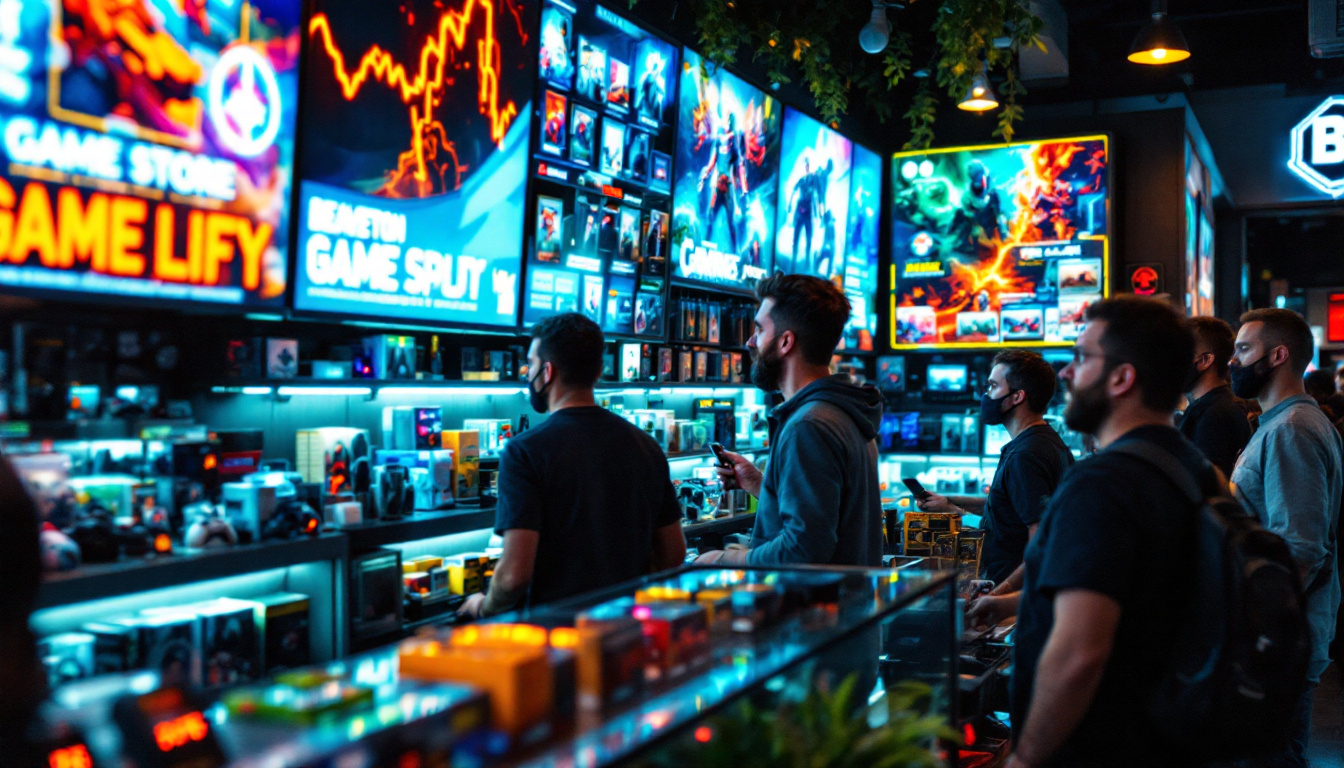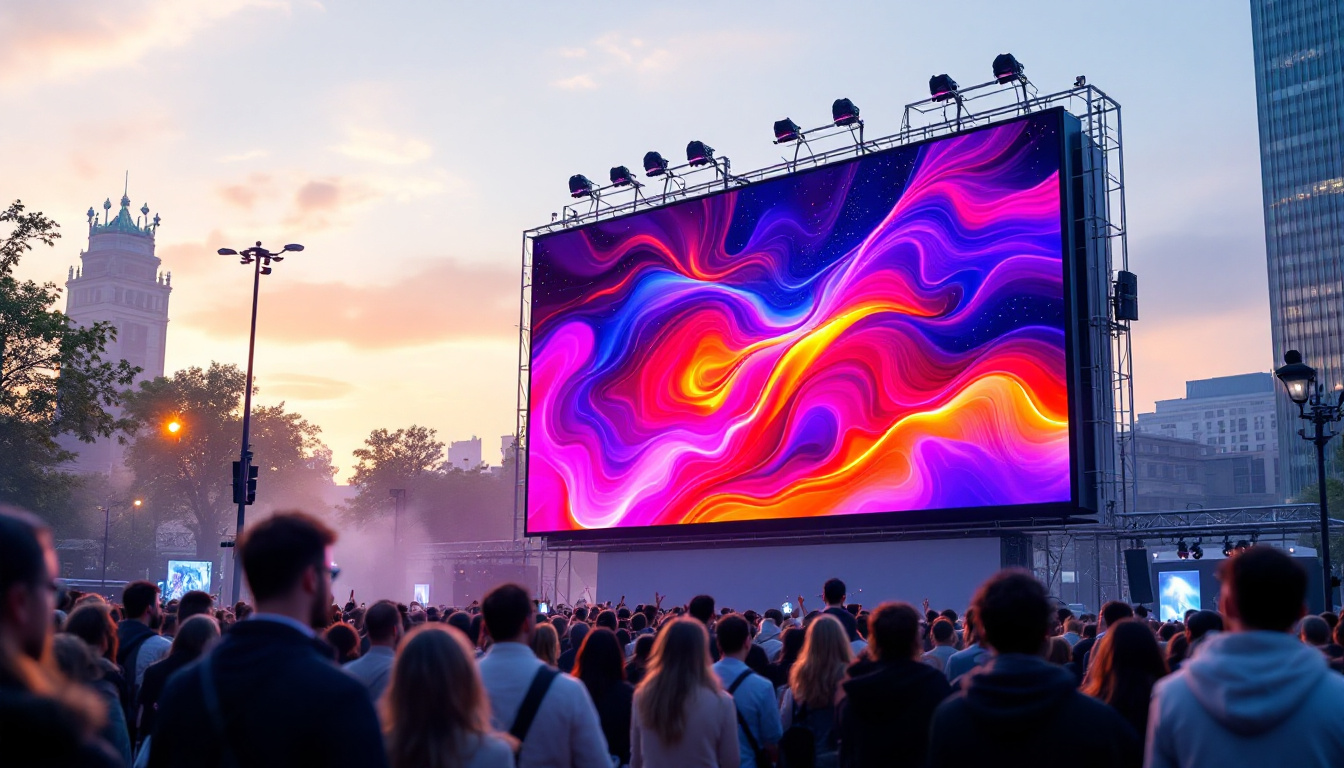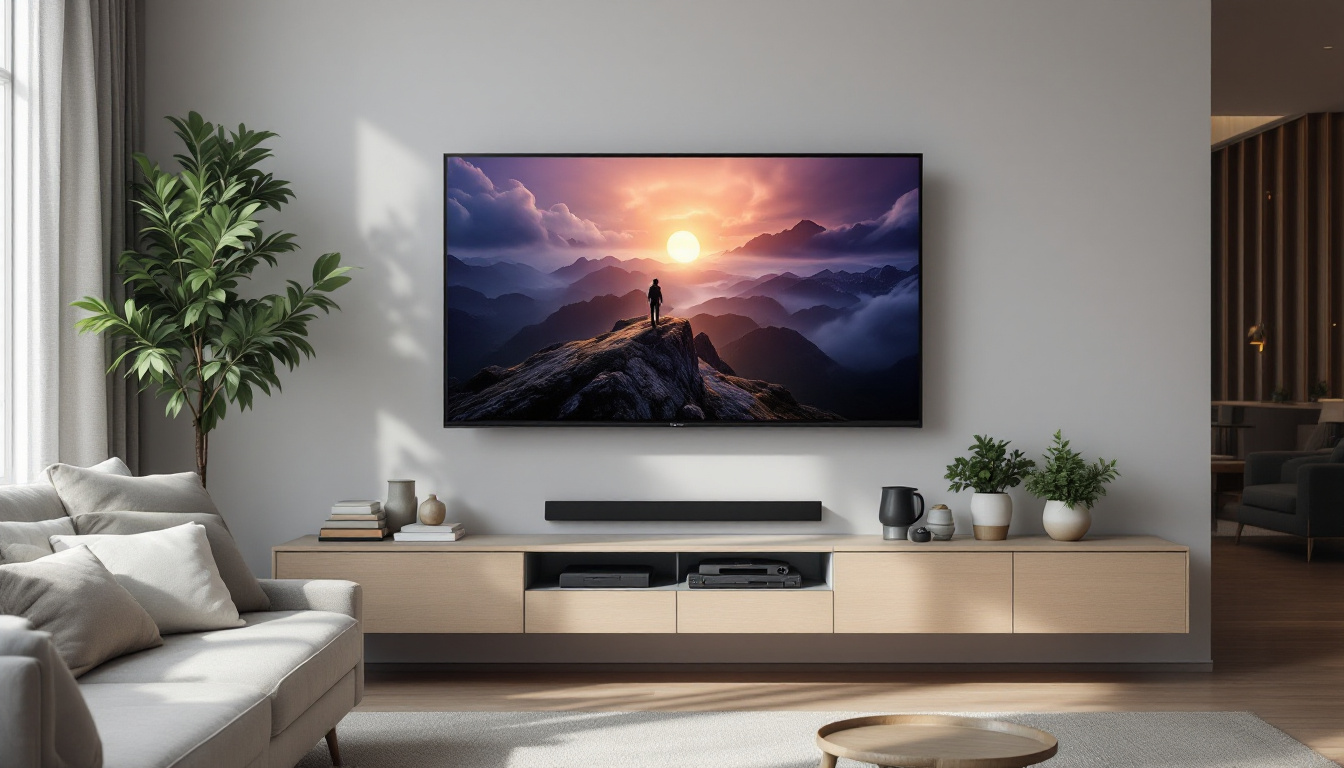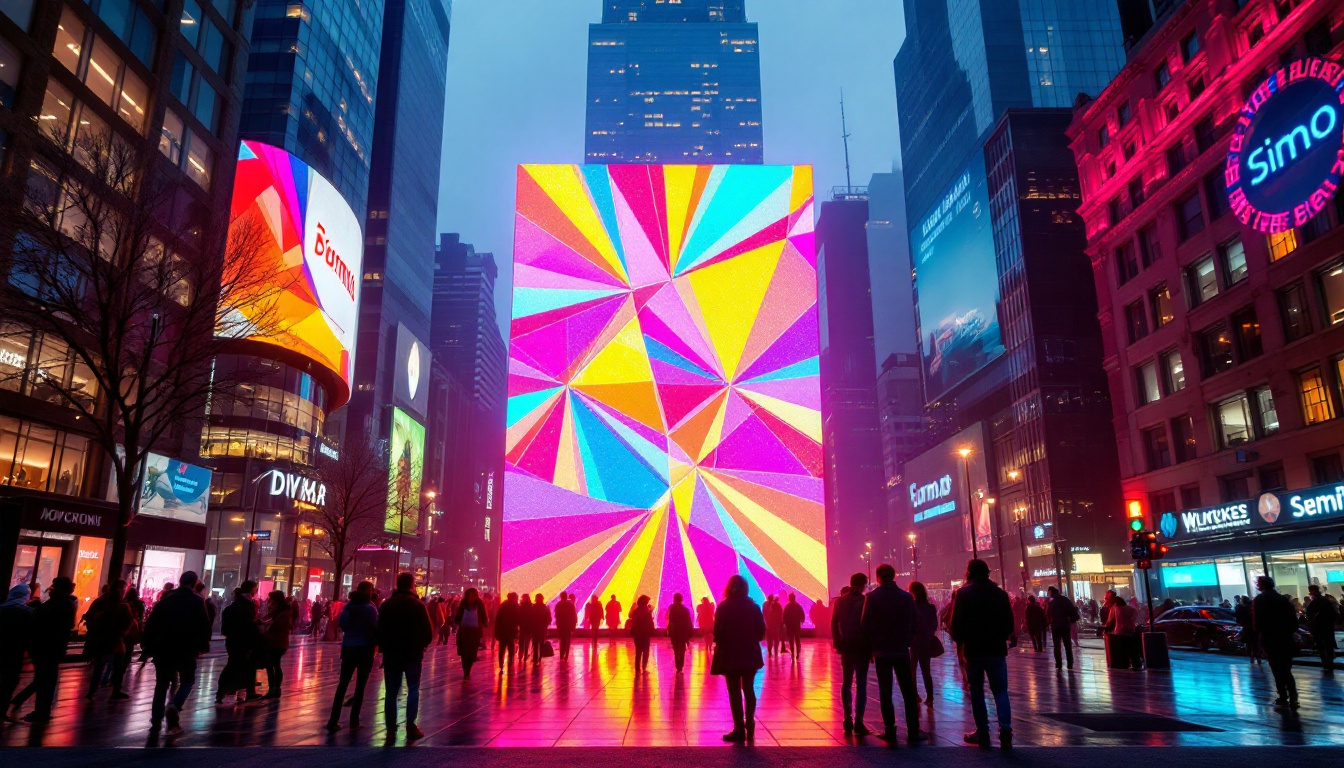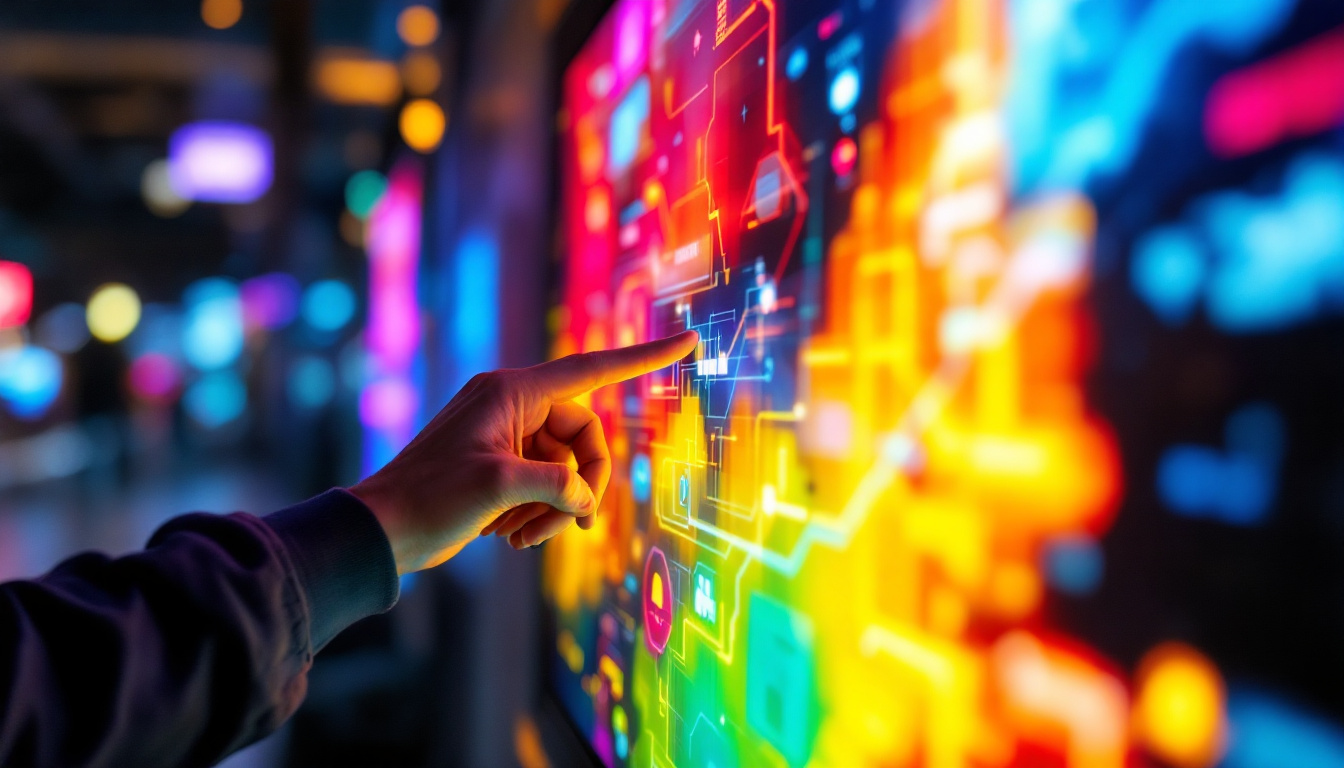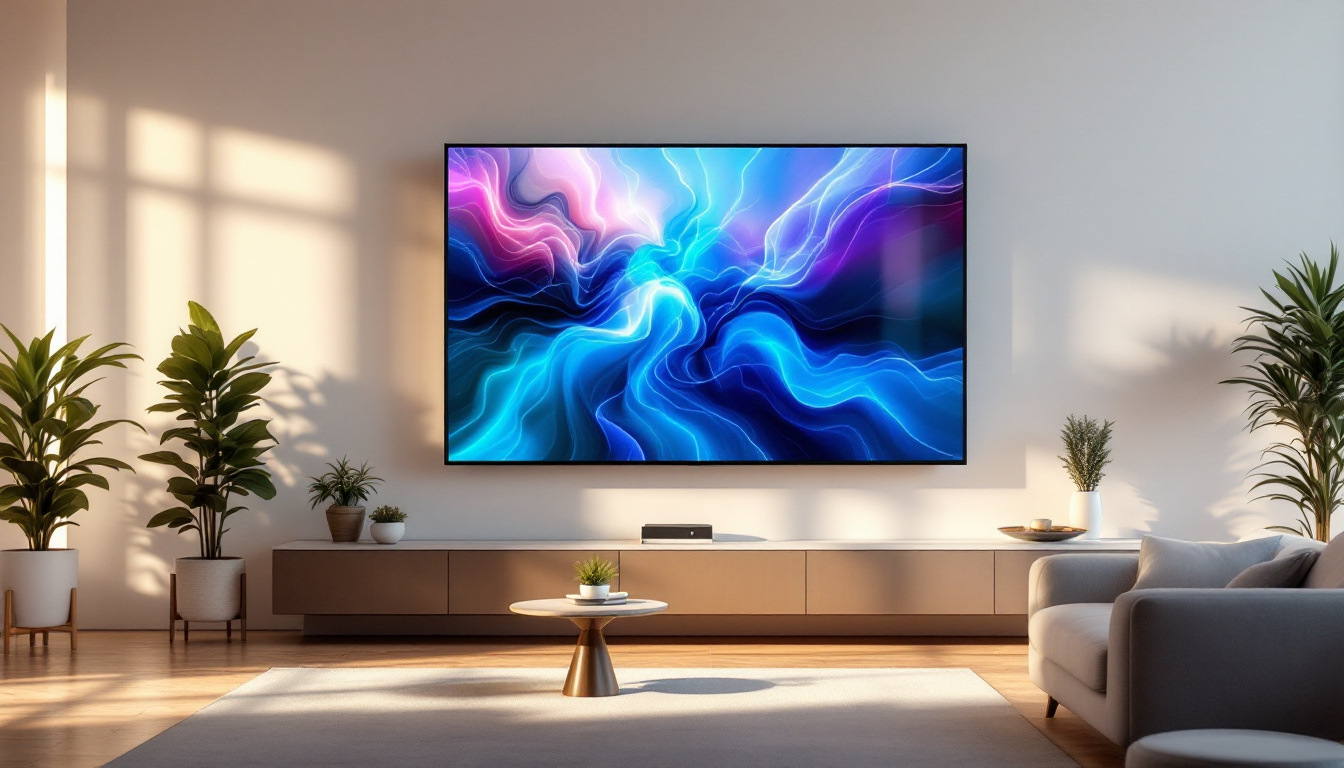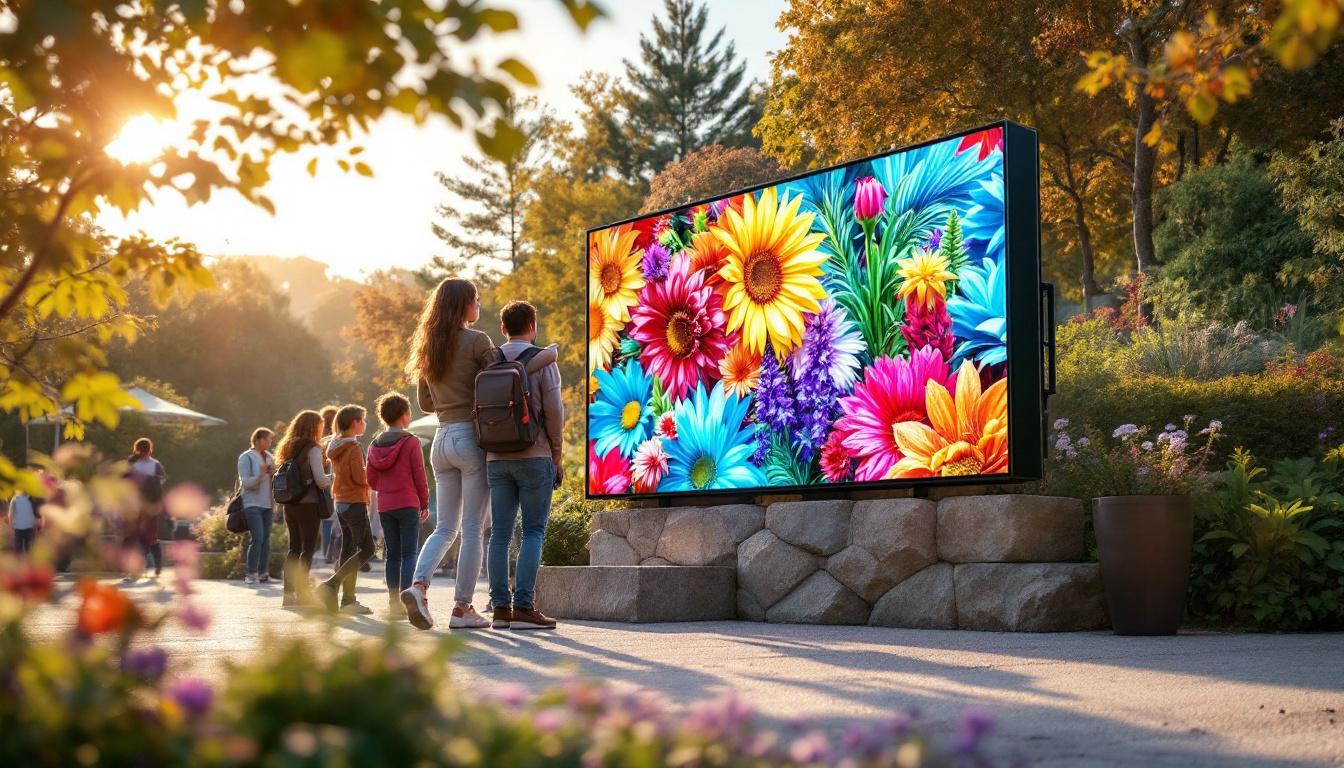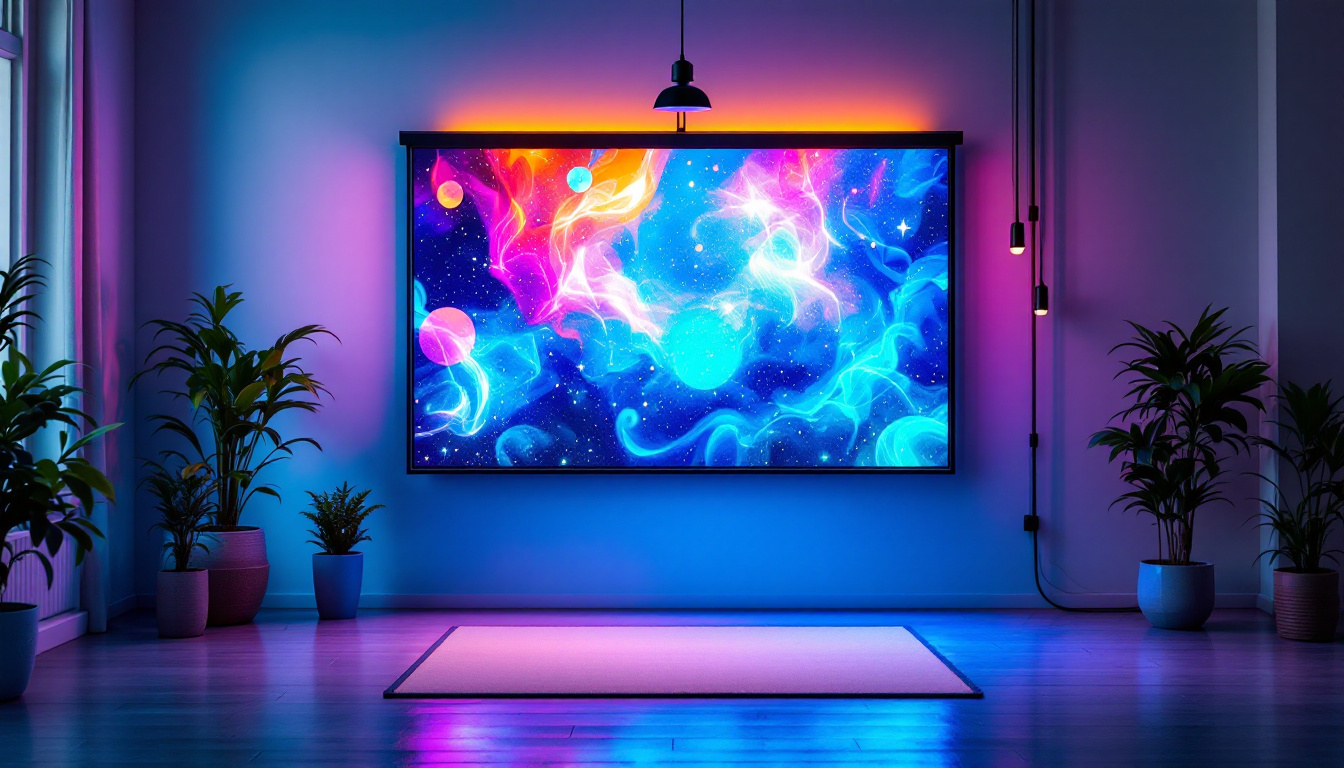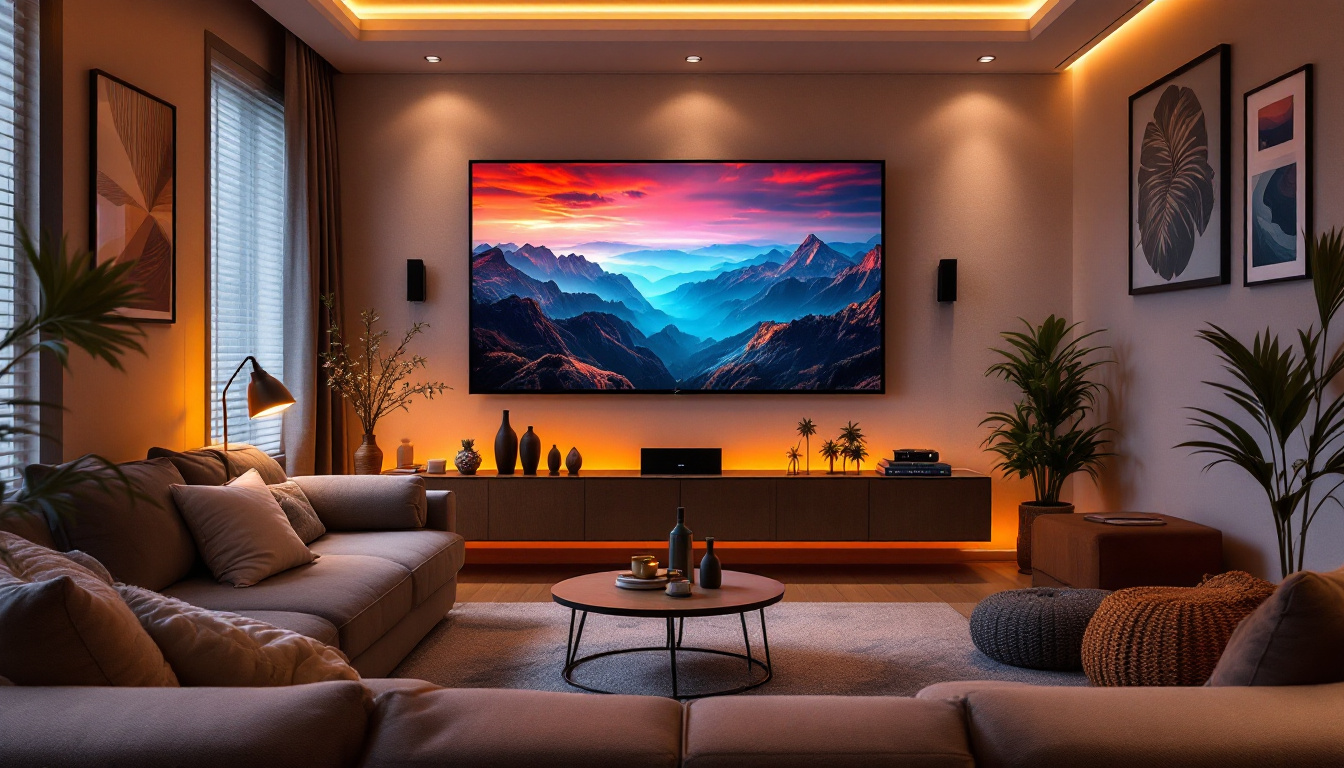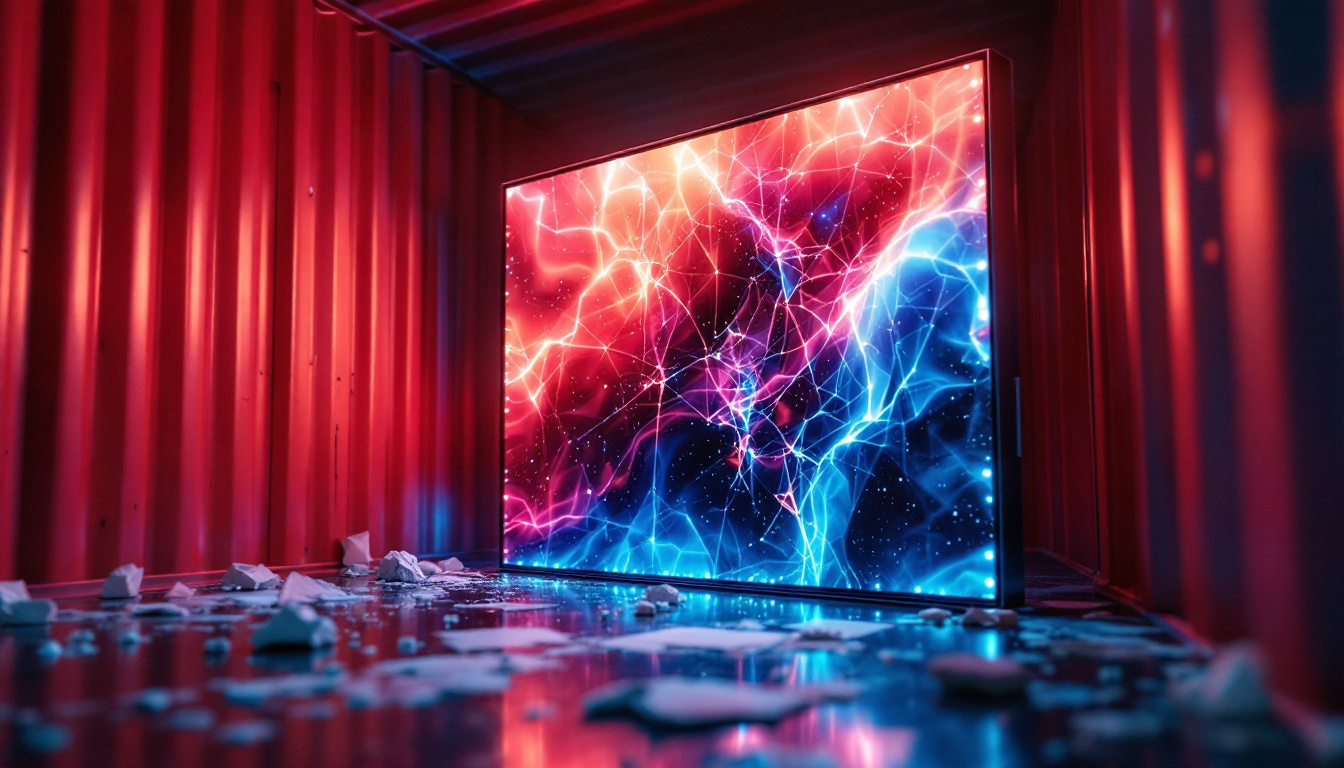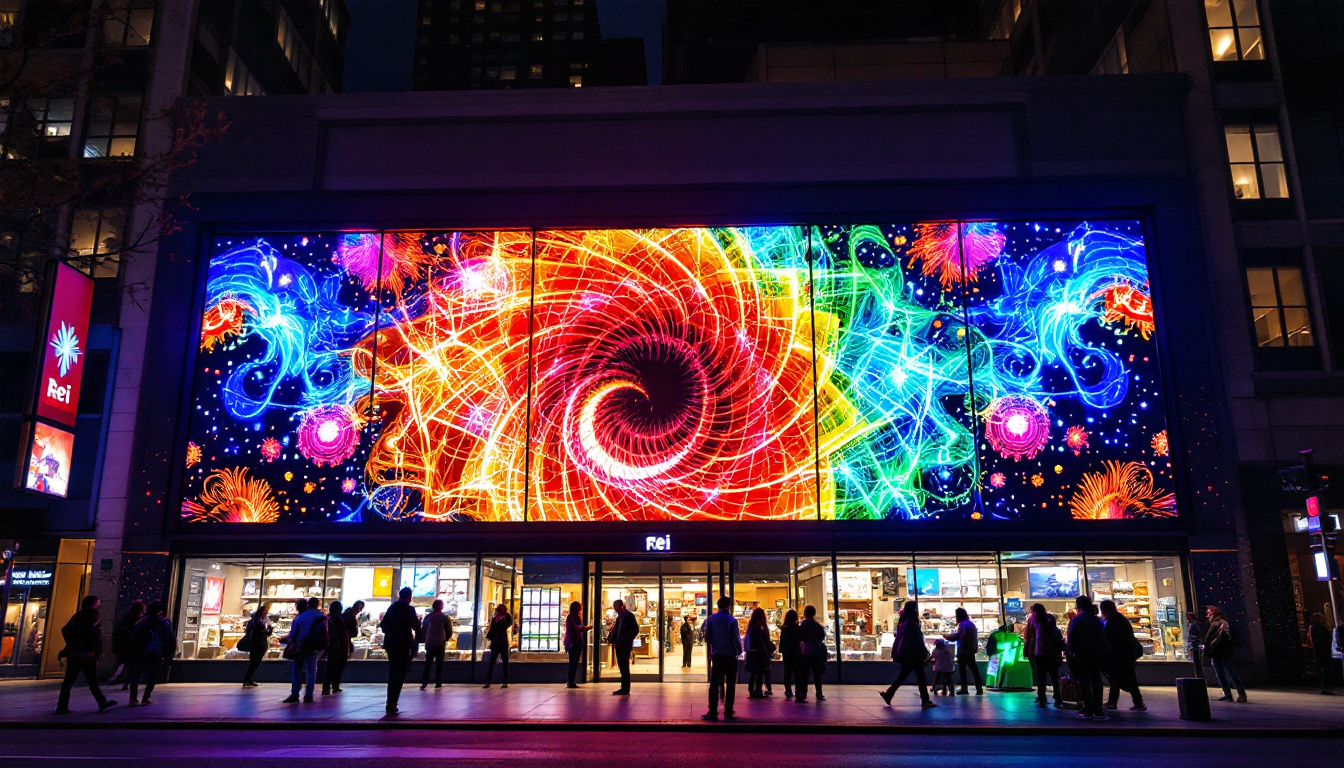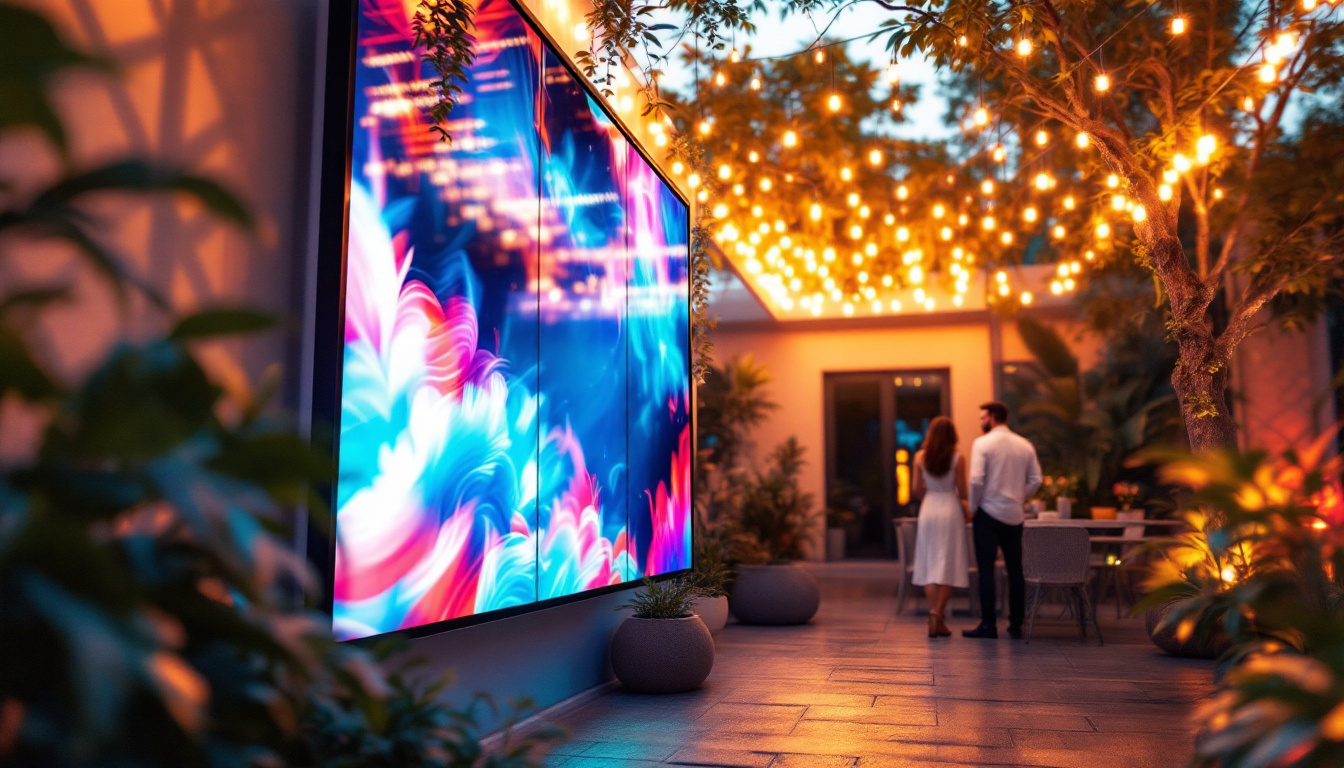The world of display technology has evolved significantly over the years, with 3D screen displays emerging as a captivating innovation. Among the various types of displays, LED (Light Emitting Diode) technology stands out due to its versatility, energy efficiency, and superior image quality. This article delves into the intricacies of 3D screen displays, focusing particularly on LED technology, its applications, and its impact on various industries.
Understanding 3D Screen Displays
3D screen displays provide a visual experience that mimics depth perception, allowing viewers to see images in three dimensions. This technology enhances the realism of images, making it particularly popular in entertainment, gaming, and virtual reality applications. The core of this technology lies in how images are projected and how our eyes perceive them.
How 3D Technology Works
3D technology operates on the principle of stereopsis, which is the ability of the human brain to perceive depth based on the slightly different images received by each eye. Various techniques, such as anaglyphic, polarized, and active shutter methods, are employed to create this illusion. Each method has its advantages and limitations, influencing the overall viewing experience.
In anaglyphic 3D, for instance, two images are overlaid in different colors, typically red and blue. When viewed through corresponding colored glasses, the brain combines these images into a single three-dimensional perception. Polarized 3D uses filters to project two images simultaneously, allowing each eye to see only one image. This method is often used in cinemas and offers a more vibrant and realistic experience. Active shutter 3D, on the other hand, employs liquid crystal glasses that alternate between blocking the left and right eye, synchronizing with the display to create a seamless 3D effect. This technique is particularly favored in home theaters and gaming setups, as it can produce a higher resolution and more immersive experience compared to passive methods.
The Role of LED Technology
LED displays have revolutionized the way 3D images are presented. Unlike traditional LCD screens, LED technology uses light-emitting diodes to produce images. This results in brighter displays with higher contrast ratios, enhancing the depth perception crucial for 3D viewing. The ability to achieve deeper blacks and more vivid colors makes LED displays particularly suitable for immersive experiences.
Moreover, LED screens can be manufactured in various sizes and shapes, allowing for flexibility in design. This adaptability makes them ideal for everything from large-scale outdoor advertising to compact displays in consumer electronics. Additionally, advancements in microLED technology are paving the way for even more innovative applications, such as flexible displays that can bend and conform to different surfaces. This opens up exciting possibilities for 3D displays in augmented reality (AR) environments, where the integration of digital images with the real world can create truly interactive experiences. As the technology continues to evolve, we can expect to see even more sophisticated uses of 3D displays across various industries, enhancing everything from education to architecture and beyond.
Advantages of LED Displays in 3D Technology
LED displays offer numerous benefits that enhance the 3D viewing experience. These advantages contribute to their growing popularity across various sectors, including entertainment, education, and advertising.
Superior Image Quality
One of the most significant advantages of LED displays is their superior image quality. The use of diodes allows for precise control over brightness and color, resulting in images that are sharp and vibrant. This quality is especially important in 3D applications, where depth and detail are critical for immersion.
Furthermore, LED displays have a wider color gamut compared to traditional displays, meaning they can reproduce a broader spectrum of colors. This capability enhances the realism of 3D images, making them more engaging and lifelike. The high contrast ratios achieved by LED technology also contribute to the depth perception in 3D visuals, allowing viewers to experience a more profound sense of dimensionality, which is essential for applications such as gaming and cinematic experiences.
Energy Efficiency
Energy efficiency is another compelling reason for the adoption of LED technology. LED displays consume significantly less power than their LCD counterparts, making them more environmentally friendly and cost-effective in the long run. This efficiency is particularly beneficial for large installations, such as digital billboards or exhibition displays, where energy consumption can be substantial.
Additionally, the longer lifespan of LED displays reduces the frequency of replacements, further contributing to sustainability efforts and lowering operational costs. The reduced heat output of LEDs also means that cooling systems can be less robust, leading to further energy savings. As businesses become increasingly conscious of their carbon footprint, the adoption of energy-efficient technologies like LED displays aligns with broader sustainability goals, making them a smart choice for forward-thinking organizations.
Versatility and Flexibility
LED technology is incredibly versatile, allowing for various configurations and applications. From curved screens to transparent displays, the design possibilities are virtually limitless. This flexibility enables creators to develop unique 3D experiences tailored to specific environments, whether in cinemas, museums, or retail spaces.
Moreover, LED displays can be easily integrated with other technologies, such as augmented reality (AR) and virtual reality (VR), enhancing the overall experience and expanding the possibilities for interactive applications. This integration allows for dynamic content that can change in real-time, providing audiences with an engaging experience that adapts to their interactions. For instance, in a retail setting, LED displays can showcase products in 3D, allowing customers to visualize items from multiple angles, thereby enhancing the shopping experience. The adaptability of LED technology not only meets the demands of modern consumers but also opens up new avenues for creative expression in digital storytelling and advertising.
Applications of 3D LED Displays
The applications of 3D LED displays are extensive, spanning multiple industries and use cases. Their ability to create immersive experiences has made them a popular choice in various sectors.
Entertainment and Gaming
In the entertainment industry, 3D LED displays have transformed how audiences experience films and video games. Cinemas equipped with advanced 3D LED technology provide viewers with an unparalleled experience, immersing them in the storyline like never before. Game developers are also leveraging this technology to create more engaging and realistic gaming environments, enhancing player interaction and enjoyment.
Moreover, live events, such as concerts and sports, have also benefited from 3D LED displays. These screens can create stunning visual effects that captivate audiences, elevating the overall experience and making events more memorable.
Education and Training
In educational settings, 3D LED displays are being used to enhance learning experiences. They allow for interactive lessons that engage students more effectively than traditional teaching methods. For instance, medical students can visualize complex anatomical structures in three dimensions, improving their understanding and retention of information.
Training simulations in various fields, such as aviation and military, utilize 3D LED displays to create realistic scenarios. This technology enables trainees to practice in a safe environment, honing their skills before facing real-world challenges.
Advertising and Marketing
In the realm of advertising, 3D LED displays are becoming increasingly popular for their ability to attract attention. Brands are utilizing these displays to create eye-catching advertisements that stand out in crowded environments. The immersive nature of 3D visuals can significantly enhance brand messaging, making it more memorable for consumers.
Retail spaces are also adopting 3D LED displays to create engaging shopping experiences. By showcasing products in three dimensions, retailers can provide customers with a better understanding of their offerings, ultimately driving sales and improving customer satisfaction.
Challenges and Considerations
While 3D LED displays offer numerous advantages, there are also challenges and considerations that must be addressed. Understanding these factors is crucial for businesses and consumers alike.
Cost Implications
The initial investment for 3D LED displays can be significant, particularly for large-scale installations. While the long-term benefits, such as energy savings and durability, can offset these costs, businesses must carefully evaluate their budgets and return on investment before making a decision.
Additionally, ongoing maintenance and potential upgrades should be factored into the overall cost analysis. As technology continues to evolve, staying updated with the latest advancements may require further investment.
Content Creation and Compatibility
Creating content for 3D displays can be more complex than traditional 2D content. Businesses must ensure that their marketing materials, educational resources, or entertainment offerings are designed specifically for 3D viewing. This often requires specialized knowledge and skills, which may necessitate hiring additional talent or investing in training.
Furthermore, compatibility with existing systems and technologies is a crucial consideration. Businesses must ensure that their 3D LED displays can seamlessly integrate with other platforms and devices to maximize their potential.
The Future of 3D LED Displays
The future of 3D LED displays appears promising, with ongoing advancements in technology and increasing adoption across various industries. As the demand for immersive experiences continues to grow, innovations in display technology are expected to follow suit.
Emerging Trends
One emerging trend is the development of flexible and foldable LED displays. These innovations will allow for even greater versatility in design and application, enabling businesses to create unique experiences that were previously unattainable. Additionally, advancements in resolution and refresh rates will further enhance image quality, making 3D visuals even more lifelike.
Another trend is the integration of artificial intelligence (AI) with 3D LED displays. AI can be used to analyze viewer behavior and preferences, allowing for personalized content delivery that enhances engagement and effectiveness. This level of customization could revolutionize advertising and entertainment, creating tailored experiences for individual viewers.
Conclusion
3D screen displays, particularly those utilizing LED technology, are reshaping how audiences experience visual content. With their superior image quality, energy efficiency, and versatility, LED displays are becoming increasingly prevalent across various sectors. As advancements continue to emerge, the potential applications and benefits of 3D LED displays will only expand, paving the way for more immersive and engaging experiences in the future.
In conclusion, understanding the intricacies of 3D LED displays is essential for businesses and consumers alike. By recognizing the advantages, challenges, and future trends, stakeholders can make informed decisions that leverage this exciting technology to its fullest potential.
Explore the Future of Visual Experience with LumenMatrix
Ready to elevate your visual content and captivate your audience like never before? Discover LumenMatrix’s innovative LED display solutions, where cutting-edge technology meets creative design. From Indoor and Outdoor LED Wall Displays to specialized solutions like Vehicle, Sports, and Floor LED Displays, LumenMatrix offers a wide array of products to transform your space. Experience the revolution in visual communication with our Custom, All-in-One, and LED Transparent Displays. Don’t miss the opportunity to enhance engagement and convey your message with unparalleled clarity. Check out LumenMatrix LED Display Solutions today and step into a world of vivid imagery and immersive experiences.

